Top speed 306 km/h Range 1,247 km Wingspan 26 m | Weight 5,783 kg Length 16 m | |
 | ||
Engine type Pratt & Whitney R-1690 Hornet | ||
Rc tv carl bachhuber flies his huge sikorsky s 43 jrs 1 baby clipper
The Sikorsky S-43 was a twin-engine amphibious aircraft manufactured in United States during the 1930s by the American firm Sikorsky Aircraft.
Contents
- Rc tv carl bachhuber flies his huge sikorsky s 43 jrs 1 baby clipper
- Howard hughes sikorsky s 43
- Design and development
- Operational history
- Accidents and incidents
- General characteristics
- Performance
- References
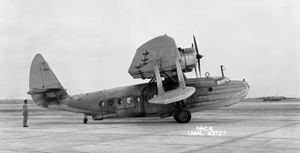
Howard hughes sikorsky s 43
Design and development
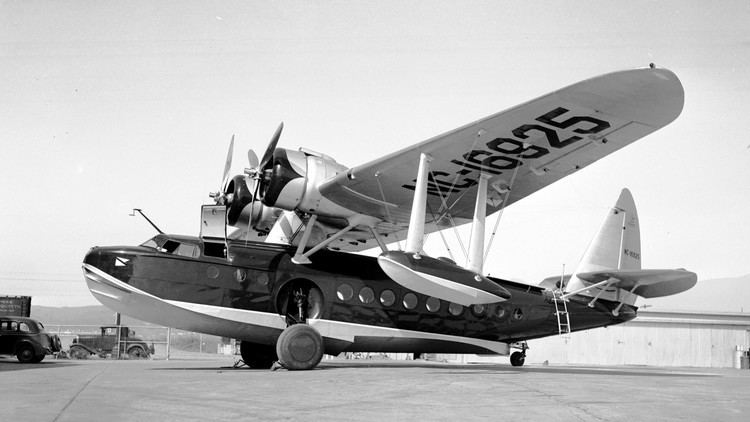
The S-43 first flew in 1935, and was a smaller version of the Sikorsky S-42 "Clipper". It accommodated between 18 and 25 passengers, with a separate two-crew forward cockpit. The S-43 was known as the "Baby Clipper" in airline service.

On April 14, 1936, an S-43 with a 500 kilograms (1,100 lb) payload, piloted by Boris Sergievsky, set an altitude record for amphibious aircraft when it reached an altitude of 27,950 feet above Stamford, Connecticut. Also aboard was designer Igor Sikorsky.
In total, approximately 53 S-43s were built, including examples of the twin-tailed S-43B.
Operational history
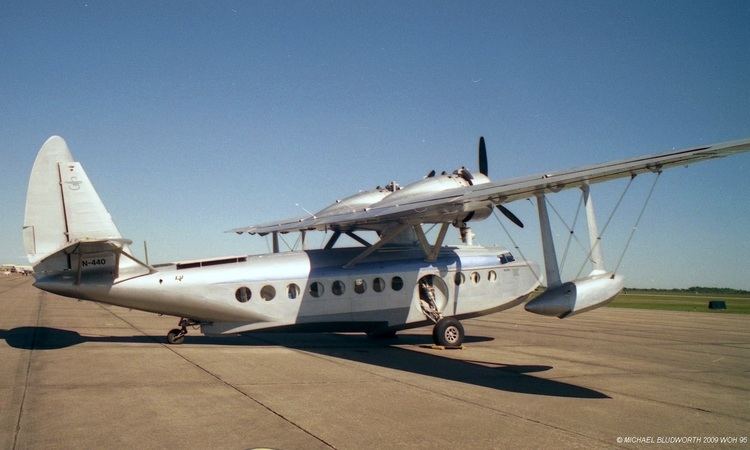
The S-43 was used primarily by Pan American World Airways for flights to Cuba and within Latin America. Two were also flown by Reeve Aleutian Airways in Alaska and three were used by Inter-Island Airways of Hawaii, the predecessor to modern-day Hawaiian Airlines, to ferry Pan-Am Clipper passengers and local residents from Honolulu to the other islands. One aircraft was purchased by Norwegian airline Det Norske Luftfartselskap. Panair do Brasil operated seven aircraft. Five S-43s were used between 1937 and 1945 by the French company Aéromaritime on a colonial airway between Dakar (Senegal) and Pointe-Noire (Congo). Reeve Aleutian Airways owned two S-43s during the 1950s, one operational (N53294 purchased 1948 and trade for G-21 in 1957) and one for spares (fuselage at Alaska Aviation Heritage Museum). Another S-43 was operated in Alaska with an unknown operator, wrecked at Chignik, AK, 1950s.
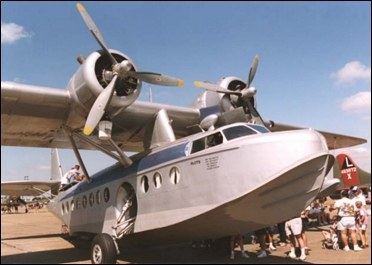
Five aircraft were acquired by the U.S. Army Air Corps in 1937 under the designation OA-8 and were used for transport of freight and passengers. 17 aircraft were procured by the U.S. Navy between 1937 and 1939 as the JRS-1, two of which served the U.S. Marine Corps. One JRS survived in service at the end of 1941.
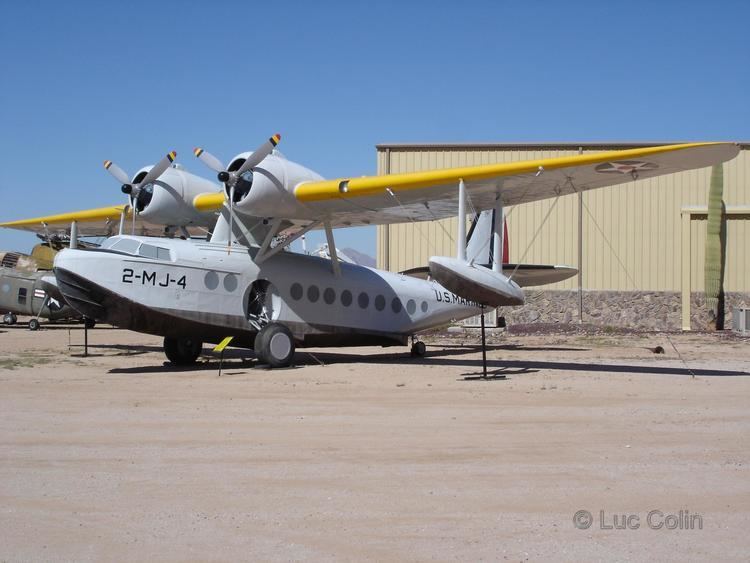
The Smithsonian National Air & Space Museum's Steven F. Udvar-Hazy Center in Virginia is currently restoring a Sikorsky JRS-1 that was on duty at Pearl Harbor on December 7th, 1941.
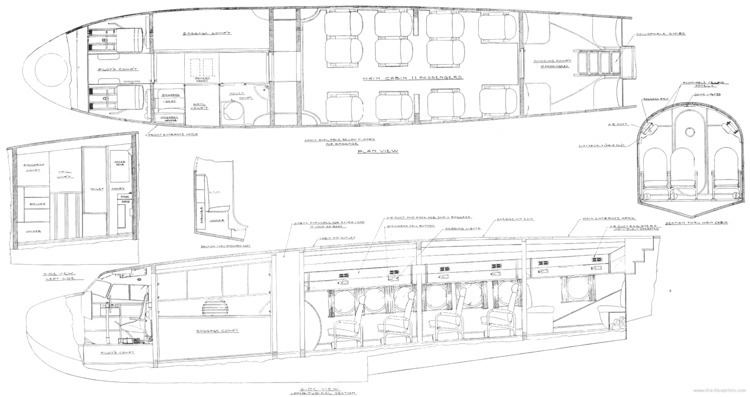
Two aircraft went to private owners: Harold Vanderbilt and Howard Hughes. Hughes' S-43 N440 remains the last example of this aircraft type flying [1]. It is now owned by Kermit Weeks and has been relocated from Texas to the restoration facility at the Fantasy of Flight Museum in Polk City, Florida where it is awaiting reassembly and restoration.
